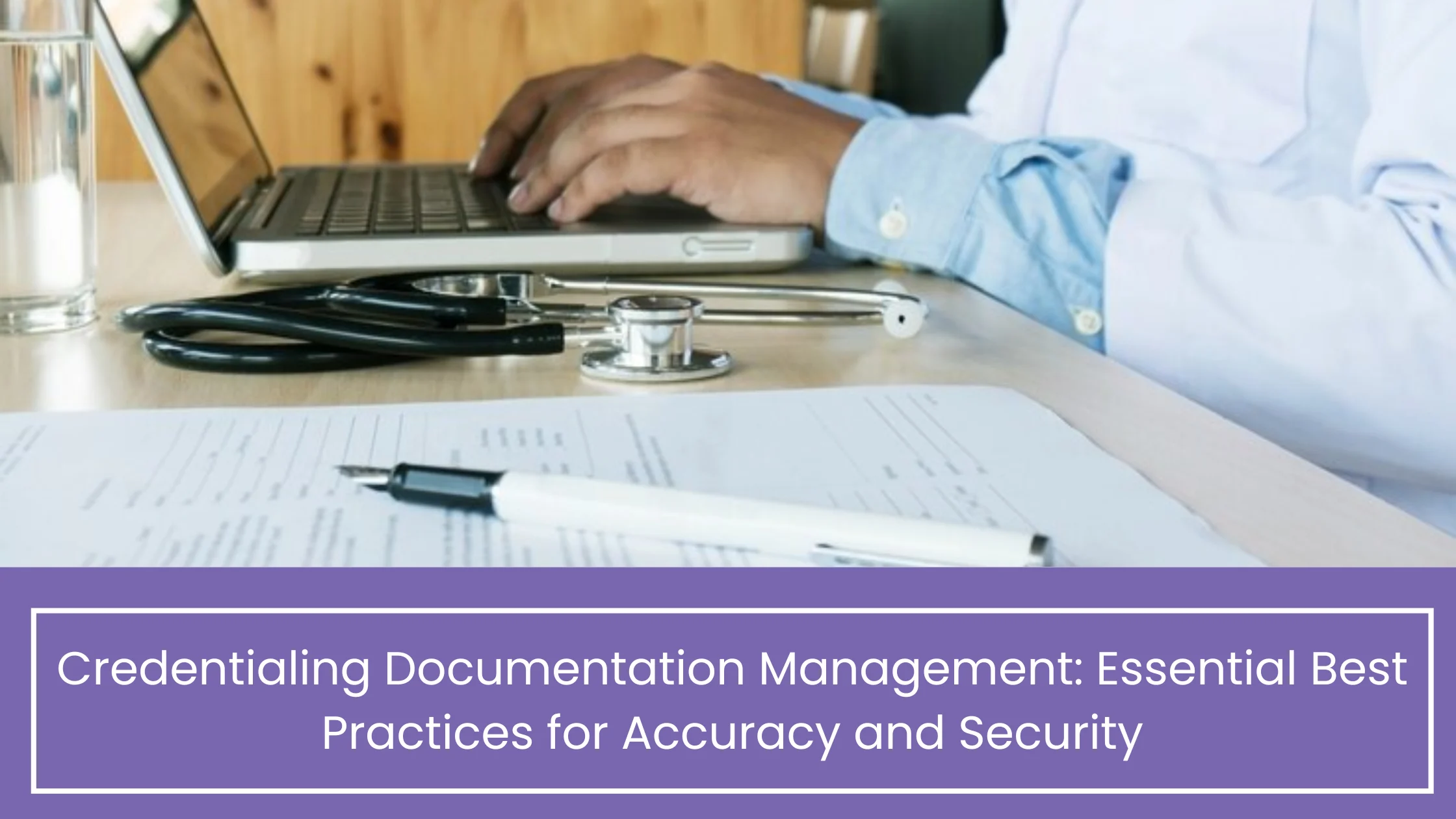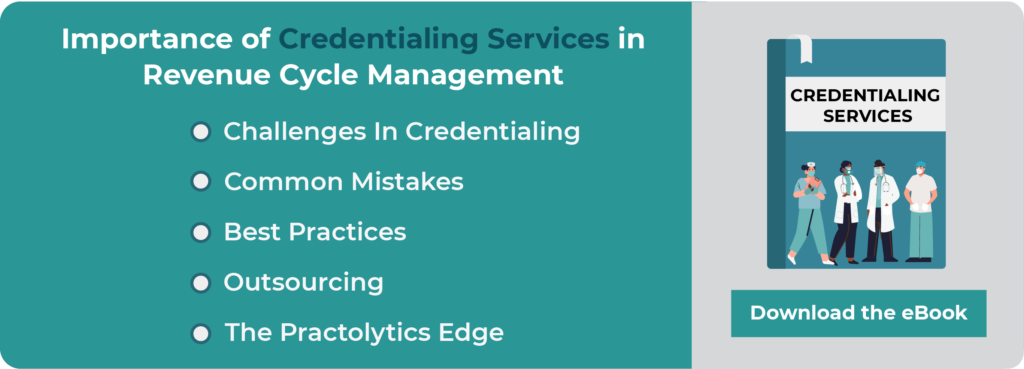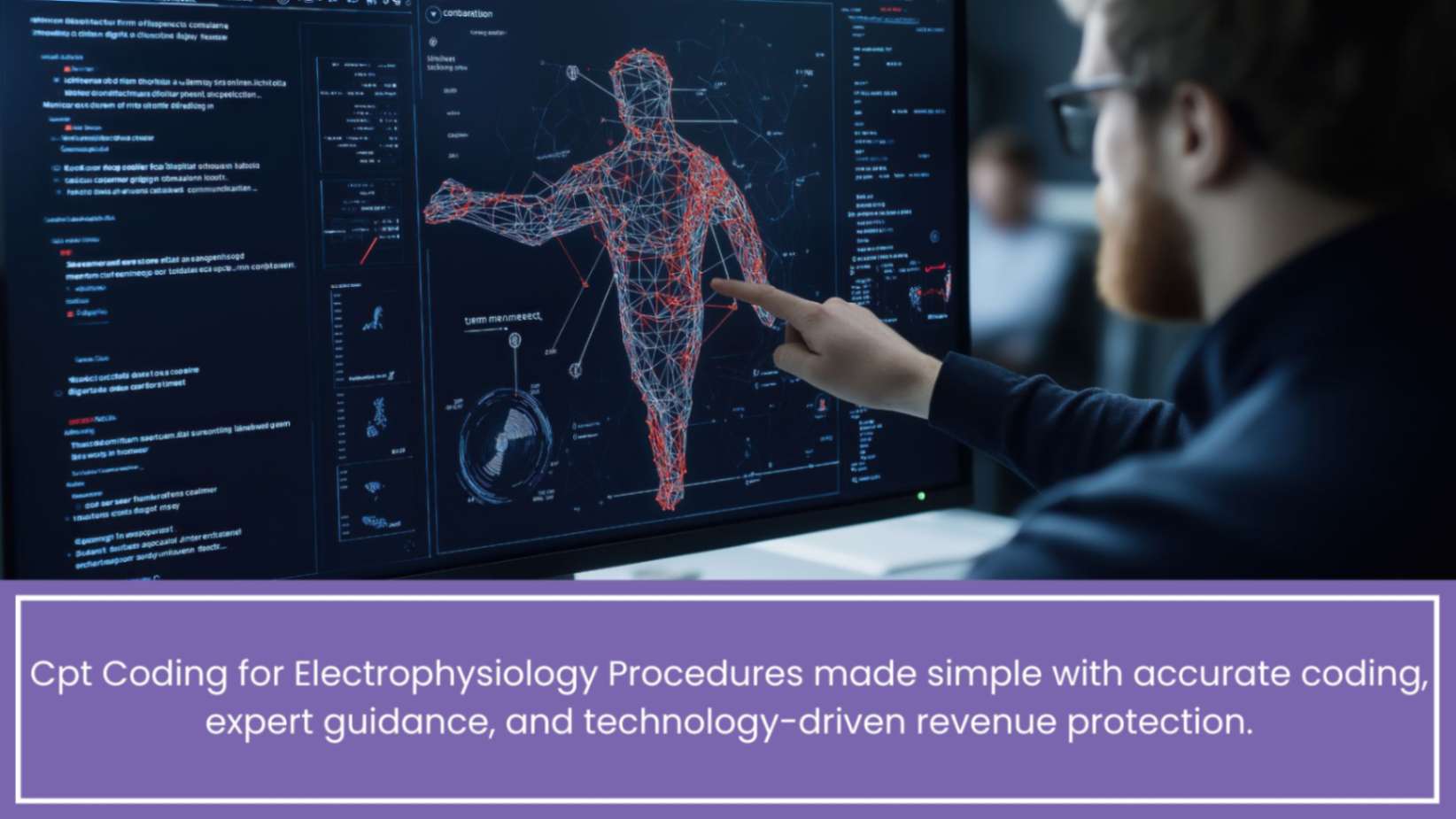Credentialing Documentation Management: Essential Best Practices for Accuracy and Security
Credentialing is a critical process in many industries, particularly in healthcare, education, and corporate environments. The process involves verifying the qualifications, experience, and professional standing of individuals to ensure they meet the required standards for their role. Proper credentialing documentation management is essential for maintaining compliance, reducing risks, and ensuring that only qualified individuals are allowed to practice or operate within an organization.
In this blog, we’ll explore best practices for maintaining up-to-date and accurate healthcare credentialing documents. We’ll also delve into the advantages and challenges of digital credentialing systems versus traditional paper records, helping you decide which approach best suits your organization.
Table of Contents
The Importance of Credentialing Documentation Management
Before diving into the best practices, it’s crucial to understand why credentialing documentation management is vital. Organizations rely on credentialing to:
- Ensure Compliance: Credentialing helps organizations comply with industry regulations and standards, avoiding legal penalties and reputational damage.
- Mitigate Risks: Proper credentialing reduces the risk of hiring or retaining unqualified individuals, which can lead to malpractice, errors, and other liabilities.
- Maintain Quality: Ensuring that professionals meet the necessary qualifications and standards helps maintain the quality of services provided, whether in healthcare, education, or other fields.
- Support Reimbursement: In healthcare, proper credentialing is often a prerequisite for receiving insurance reimbursements, making it a financial necessity.
Given these critical functions, maintaining accurate and up-to-date credentialing documentation is non-negotiable.
Best Practices for Maintaining Accurate Credentialing Records
Maintaining accurate and current credentialing documents requires a systematic approach that involves regular updates, secure storage, and efficient management. Here are some best practices:
- Develop a Standardized Process: Establishing a standardized process for credentialing is the foundation for maintaining accurate records. This process should include:
- Clear Guidelines: Define the types of credentials that need to be verified, the documents required, and the frequency of verification.
- Consistent Procedures: Ensure that every credentialing request follows the same procedures, including the use of standardized forms and checklists.
- Role Assignments: Assign specific roles and responsibilities to team members involved in the credentialing process to ensure accountability and consistency.
A standardized process helps avoid discrepancies and ensures that all records are maintained according to the same criteria.
- Regularly Update Records: Credentialing documents should be regularly updated to reflect changes in qualifications, certifications, licenses, and other credentials. This can be achieved through:
- Scheduled Audits: Conduct regular audits of credentialing records to identify expired or outdated documents that need to be updated or renewed.
- Automated Reminders: Implement automated systems that send reminders to professionals and administrators when credentials are nearing expiration.
- Continuous Monitoring: Establish a continuous monitoring system that tracks changes in licensing boards, certifications, and other credentialing authorities to ensure records remain current.
Regular updates prevent the use of outdated credentials and ensure that all professionals meet the necessary standards at all times.
- Secure Storage and Access : Credentialing documents contain sensitive information that must be securely stored to protect against unauthorized access and data breaches. Best medical practices for secure storage include:
- Encryption: Use encryption technologies to protect digital credentialing records, both in transit and at rest.
- Access Controls: Implement strict access controls that limit who can view, modify, or delete credentialing records. This may include multi-factor authentication and role-based access.
- Data Backups: Regularly back up credentialing records to prevent data loss due to system failures or cyberattacks.
Secure storage not only protects sensitive information but also ensures compliance with data protection regulations such as HIPAA in healthcare.
- Ensure Data Accuracy: Data accuracy is paramount in credentialing documentation management. Inaccurate records can lead to non-compliance, legal issues, and compromised quality of services. To ensure data accuracy:
- Verification Protocols: Implement rigorous verification protocols that involve cross-checking credentials with primary sources, such as licensing boards and educational institutions.
- Double-Checking Entries: Encourage a culture of double-checking entries and cross-verifying information before finalizing records.
- Regular Training: Provide regular training to staff involved in credentialing to ensure they understand the importance of accuracy and are skilled in identifying errors or discrepancies.
Accurate data not only ensures compliance but also builds trust with stakeholders, including patients, clients, and regulatory bodies.
- Implement an Efficient Document Management System : An efficient document management system (DMS) can streamline the credentialing process, making it easier to maintain accurate and up-to-date records. Features to look for in a DMS include:
- Automated Workflows: Automate repetitive tasks, such as sending reminders for renewals or updating records, to reduce the risk of human error.
- Search and Retrieval: Ensure the system has robust search and retrieval capabilities, allowing quick access to specific records when needed.
- Audit Trails: Implement audit trails that track changes to records, providing a clear history of who made changes and when.
An efficient DMS can significantly reduce the administrative burden of credentialing and improve overall accuracy.
- Establish a Review and Approval Process: Before any credentialing document is finalized, it should go through a review and approval process. This process should include:
- Peer Review: Have multiple team members review the documentation to catch any errors or discrepancies.
- Final Approval: Designate a final approver who has the authority to sign off on the credentialing records before they are officially recorded.
- Documentation of the Process: Keep a record of the review and approval process, including the names of reviewers and approvers, as part of the credentialing documentation.
A review and approval process acts as a final checkpoint to ensure that all credentialing records are accurate and complete.
Digital vs. Paper Records: Advantages and Challenges
As organizations increasingly transition to digital systems, the debate between digital and paper records continues. Both methods have their advantages and challenges, and the choice between the two often depends on the organization’s size, resources, and specific needs.
Advantages of Digital Credentialing Systems
- Accessibility and Convenience
- Digital records can be accessed from anywhere, at any time, by authorized personnel. This flexibility is particularly beneficial for organizations with multiple locations or remote teams.
- Searchability: Digital systems offer advanced search functions, allowing users to quickly locate specific records without manually sifting through piles of paper.
- Automation and Efficiency
- Digital credentialing systems can automate many tasks, such as sending renewal reminders, generating reports, and updating records, reducing the administrative burden and minimizing human error.
- Scalability: Digital systems can easily scale with the organization, accommodating a growing number of records without the need for additional physical storage space.
- Data Security
- Digital systems often include advanced security features, such as encryption, multi-factor authentication, and access controls, to protect sensitive information from unauthorized access.
- Disaster Recovery: In the event of a disaster, digital records can be backed up and restored more easily than paper records, ensuring business continuity.
- Environmental Impact
- Reducing the use of paper and physical storage contributes to environmental sustainability by lowering the organization’s carbon footprint.
- Integration with Other Systems
- Digital credentialing systems can often be integrated with other software, such as HR management systems, compliance tracking tools, and payroll systems, creating a seamless flow of information across the organization.
Challenges of Digital Credentialing Systems
1 Initial Setup Costs
- Implementing a digital credentialing system can require a significant upfront investment in software, hardware, and training. Small organizations may find these costs prohibitive.
- Complexity: The transition from paper to digital can be complex, requiring careful planning and change management to ensure a smooth implementation.
2 Data Privacy Concerns
- While digital systems offer robust security features, they also pose risks related to data breaches, hacking, and unauthorized access. Organizations must invest in cybersecurity measures to mitigate these risks.
- Regulatory Compliance: Compliance with data protection regulations, such as GDPR or HIPAA, can be challenging, particularly for organizations operating in multiple jurisdictions.
3 Technical Issues
- Digital systems are prone to technical issues, such as software bugs, system crashes, and compatibility problems. These issues can disrupt the credentialing process and require IT support to resolve.
- Dependence on Technology: Organizations that rely solely on digital systems are vulnerable to disruptions caused by power outages, internet connectivity issues, and hardware failures.
4 User Resistance :Some employees may resist the transition to digital systems, particularly if they are accustomed to traditional paper-based processes. Overcoming this resistance requires training, communication, and support.
5 Data Migration
- Migrating existing paper records to a digital system can be time-consuming and labor-intensive, requiring careful planning to ensure data accuracy and completeness.
Advantages of Paper Records
1 Simplicity and Familiarity
- Paper records are straightforward to create and manage, requiring no specialized software or technical skills. Many organizations are already familiar with paper-based processes.
- No Reliance on Technology: Paper records are not dependent on technology, making them immune to technical issues, power outages, or cybersecurity threats.
2 Tangible Records
- Some organizations prefer the tangibility of paper records, as they can be physically handled, signed, and stored. This can be particularly important for legal or regulatory purposes.
3 Cost-Effective for Small Organizations
- For small organizations with limited credentialing needs, paper records can be a cost-effective solution, as they do not require significant investment in technology or training.
4 Easier to Implement
- Paper-based systems are easier to implement, as they do not require the same level of planning, resources, or change management as digital systems.
Challenges of Paper Records
1 Storage and Space Requirements
- Paper records require physical storage space, which can quickly become a burden as the volume of records grows. Managing and organizing large volumes of paper records can also be time-consuming.
- Risk of Loss or Damage: Paper records are vulnerable to physical damage from fire, water, pests, and other hazards. Once damaged or lost, paper records can be difficult or impossible to recover.
2 Limited Accessibility
- Accessing paper records requires physical presence, making it challenging for remote teams or multi-location organizations. Searching for specific records can also be time-consuming and inefficient.
3 Environmental Impact
- The use of paper and physical storage contributes to environmental degradation, including deforestation, energy consumption, and waste generation.
4 Manual Processes
- Paper-based credentialing systems often rely on manual processes, which are prone to human error and can be time-consuming. This lack of automation can lead to inefficiencies and delays in the credentialing process.
5 Difficulty in Ensuring Accuracy
- Maintaining accuracy in paper records is challenging, as updates and corrections must be made manually. This increases the risk of errors and inconsistencies.
Making the Choice: Digital vs. Paper Credentialing Systems
The decision between digital and paper credentialing systems depends on various factors, including the organization’s size, resources, industry, and specific needs. Here are some considerations to help guide your decision:
Considerations for Choosing a Digital System
- Scale of Operations: If your organization handles a large volume of credentialing records, a digital system is likely more efficient and scalable.
- Remote and Multi-location Teams: Digital systems are ideal for organizations with remote teams or multiple locations, as they offer easy access and centralized management.
- Regulatory Compliance: If your industry has stringent data protection regulations, a digital system with advanced security features can help ensure compliance.
- Budget: While digital systems require an initial investment, they can offer long-term cost savings through increased efficiency and reduced storage needs.
Considerations for Choosing a Paper System
- Small Scale Operations: For small organizations with limited credentialing needs, a paper-based system may be sufficient and more cost-effective.
- Limited Technical Resources: If your organization lacks the technical expertise or resources to implement and maintain a digital system, a paper-based approach may be more practical.
- Preference for Tangible Records: Some organizations, particularly in legal or regulatory contexts, may prefer the tangibility of paper records for certain types of documentation.
Hybrid Approach: The Best of Both Worlds?
For some organizations, a hybrid approach that combines the strengths of both digital and paper systems may be the best solution. This approach allows organizations to:
- Digitize Critical Records: Use digital systems for records that require frequent access, updates, and sharing, while maintaining paper copies for legal or regulatory purposes.
- Gradual Transition: Gradually transition from paper to digital over time, allowing staff to adjust to new processes and reducing the upfront investment.
- Backup and Redundancy: Use paper records as a backup for critical digital records, ensuring that important information is not lost in the event of a technical failure.
A hybrid approach offers flexibility and can be tailored to meet the specific needs of the organization.
Credentialing documentation management is a critical process that requires careful attention to detail, accuracy, and security. By implementing best practices for maintaining accurate records and carefully considering the advantages and challenges of digital versus paper systems, organizations can ensure that their credentialing processes are efficient, compliant, and reliable.
Whether you choose a digital, paper, or hybrid approach, the key is to develop a standardized, secure, and efficient system that meets the unique needs of your organization. With the right tools and processes in place, you can maintain up-to-date and accurate credentialing records that support your organization’s goals and protect its reputation. We at Practolytics make your work easy.
ALSO READ – Securing Healthcare Excellence: The Crucial Role of Medical Credentialing
Talk to Medical Billing Expert Today — Get a Free Demo Now!






